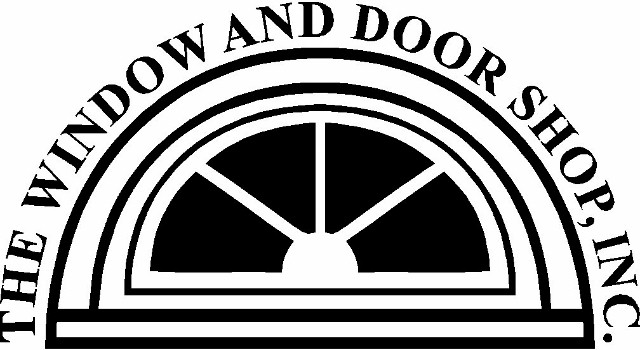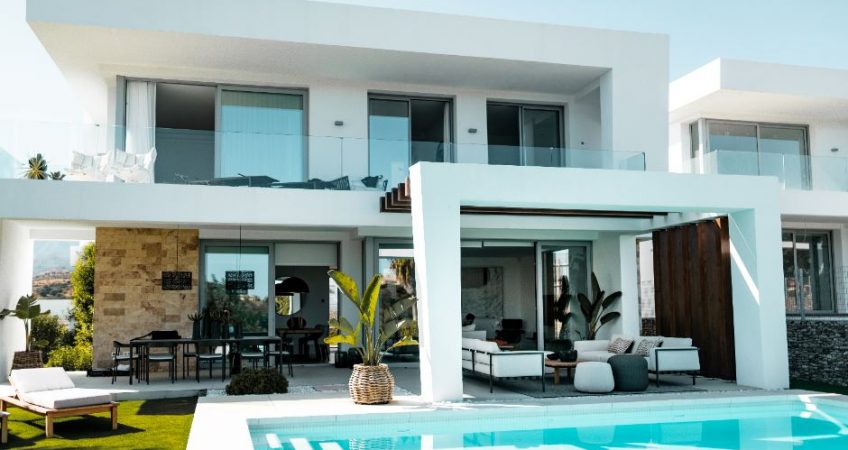If you’ve been shopping for replacement windows for your Sacramento, CA home, you’ve definitely seen the window labels with all kinds of numbers and ratings. You’ve also probably heard about energy efficiency. That term can be very confusing and can be hard to use practically when getting replacement windows. However, this doesn’t have to be the case.
Energy efficiency, when in reference to replacement windows, means windows that help prevent air and temperature from inside your home leaking out and vice versa. These windows accomplish this through design, technology and construction to help keep your heater or air conditioner from working overtime, therefore lowering your energy bill and carbon footprint.
These days, most replacement windows come with an energy efficiency label to make it even easier.
These labels are made up of ratings and certifications from the National Fenestration Rating Council, or NFRC. The NFRC rates and tests windows, then puts the results on a convenient label right on the window so shoppers like you can quickly determine if the window is energy efficient. NFRC labels usually list ratings such as:
- Solar Heat Gain Coefficient – Solar Heat Gain Coefficient, or SHGC, is the amount of solar radiation that any particular window emits through both absorption and inward release. A low SHGC means that window transmits low amounts of solar heat, meaning it has good shading ability. Get low SHGC energy efficient vinyl windows if you live in particularly sunny climates, but high SHGC windows if you live in areas with lots of clouds or rain, like Washington.
- U-Value – U-Value is the measure of the rate of non-solar heat gain or loss, typically through a material or construction choice. Tests to determine a window’s U-Value are generally conducted in simulated environments with 0-degree temperatures outside, 70 degrees inside and a 15 mile per hour wind speed. The lower a U-Value a window has, the more resistant it is to heat flow and the better it is at insulating your home.
- Visible Transmittance – Visible transmittance, or VT, is the percentage of visible light that a window transmits. In other words, it shows the amount of daylight an energy efficient vinyl window lets in. For example, a .55 VT window lets in 55% visible light. Since light is energy and energy is heat, lower VT rating mean cooler homes in sunny environments.

It’s also important to note that different types of windows are better than others for different climates or regions. Energy Star, another program dedicated to helping with energy efficiency, has a climate zone map that breaks down the ideal ratings for each zone. Energy efficiency labels will also list the different climate zones that that particular window is ideally suited for.
Finding Sacramento, CA replacement windows doesn’t have to be hard or confusing. Just read the labels, and work with The Window and Door Shop, Inc. You can visit us to see some windows and their labels in person or give us a call for more information about what we can do for you and your windows.


